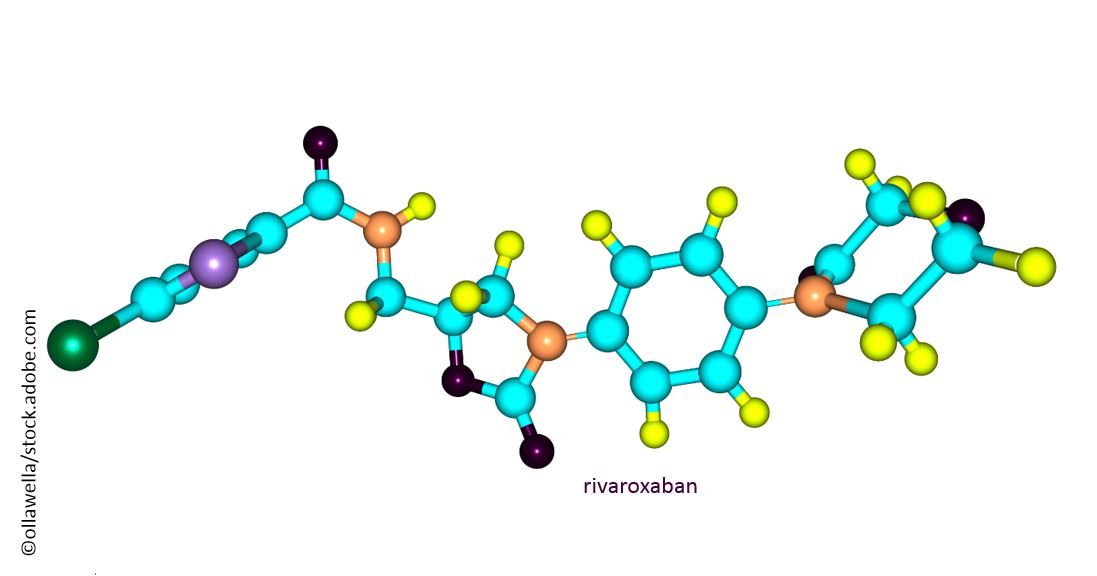PVD Management in a post-COMPASS World
A subanalysis of the COMPASS trial found that combination treatment with rivaroxaban and aspirin reduced incidence of major adverse limb events by 43%.

In another article,1 I reviewed high points in the evolution of treatment for peripheral vascular disease (PVD). Recently, there has been a paradigm shift away from the prevention of vascular complications using a combination of aspirin and clopidogrel-and arriving in evidence-based fashion at a combination of aspirin and the direct oral anticoagulant (DOAC), rivaroxaban.2
The 2017 COMPASS (Cardiovascular Outcomes for People Using Anticoagulation Strategies) study2 found that among patients with stable ASCVD, the combination of rivaroxaban 2.5 mg twice daily plus 100 mg aspirin once daily reduced major adverse cardiovascular events (MACE) by 24%.2
A recent subanalysis of COMPASS3 focused on the 6,391 patients in the trial with PVD, a group at increased risk for MACE as well as for major adverse limb events, or MALE. In fact, MALE, a composite of acute or chronic limb ischemia including amputations, vascular interventions, and chronic ischemia leading to hospitalizations, is an important marker for the severity of PVD.
Of this cohort of 6,391 individuals, 128 patients experienced an incident of MALE. The MALE event significantly increased the risk of a subsequent hospitalization (hazard ratio [HR] 7.21); amputation (HR 197.5); and death (HR 3.23). For the entire cohort, the combination of aspirin and rivaroxaban (2.5 mg/twice a day) vs aspirin alone lowered the incidence of MALE by 43%, amputations by 58%, the need for vascular intervention by 24%, and all peripheral vascular outcomes by 24%. Since MALE events confer such poor prognosis, prevention should be an important part of therapy.3
It seems like these data represent the something “new” in the management of PVD and may render the something “old” (aspirin and/or clopidogrel) to a therapy of the past.
References:
1. Rutecki G. Managing peripheral vascular disease: a short summary of a long history. PatientCareonline web site. http://www.patientcareonline.com/cardiovascular-disease/managing-peripheral-vascular-disease-short-summary-long-history. Accessed October 10, 2018.
2. Eikelboom JW, Connolly SJ, Bosch J, et al. Rivaroxaban with or without aspirin in stable cardiovascular disease. N Engl J Med. 2017; 377:1319-1330. https://www.nejm.org/doi/full/10.1056/NEJMoa1709118
3. Anand SS, Caron F, Eikelboom JW, et. al. Major adverse limb events and mortality in patients with peripheral artery disease: The COMPASS Trial. JACC 2018; 71:2306-2315. https://www.ncbi.nlm.nih.gov/pubmed/29540326